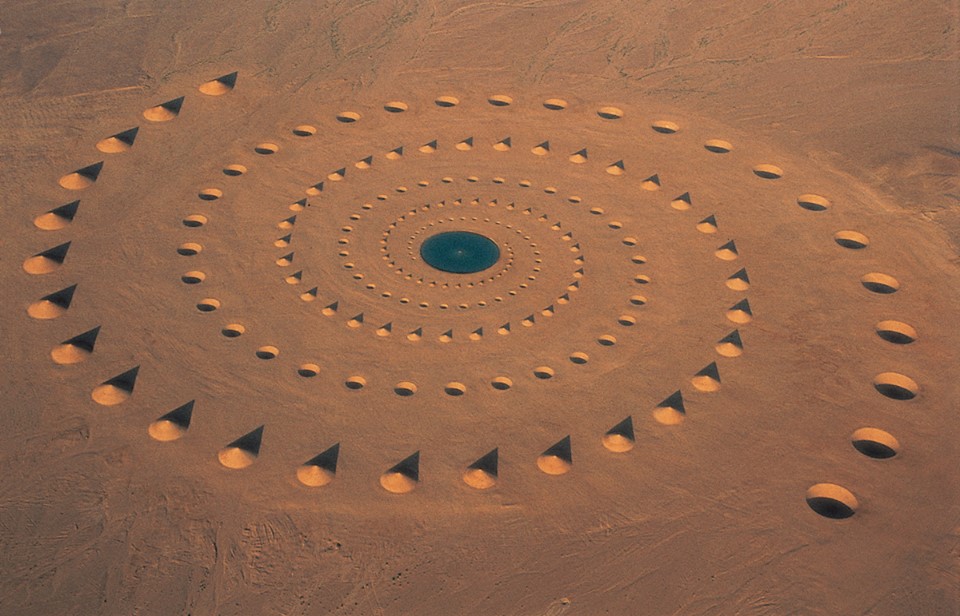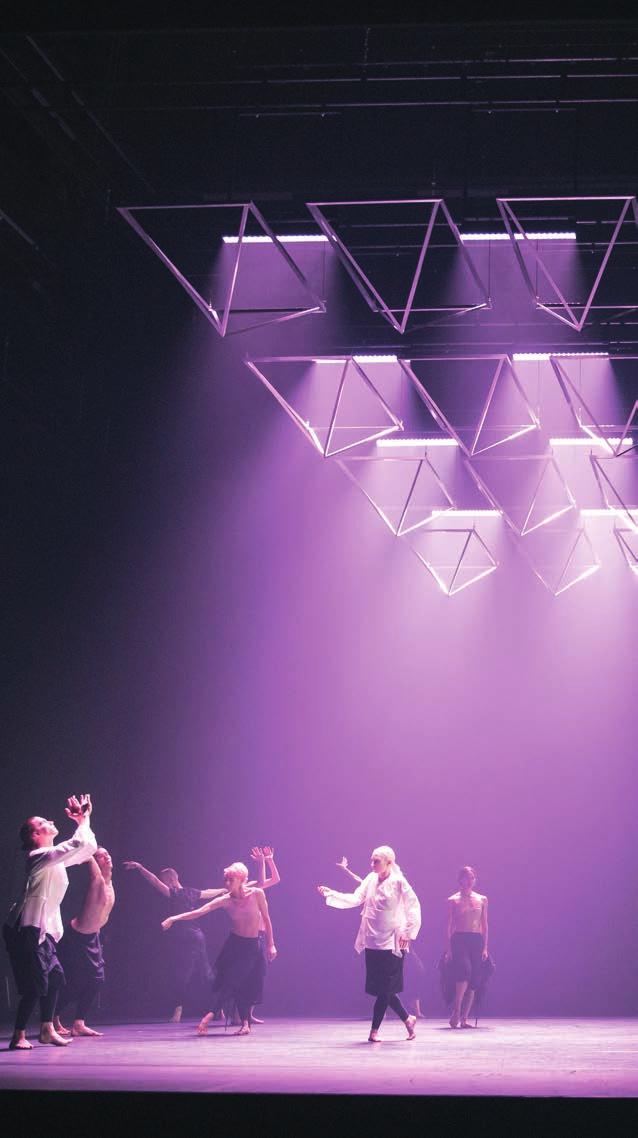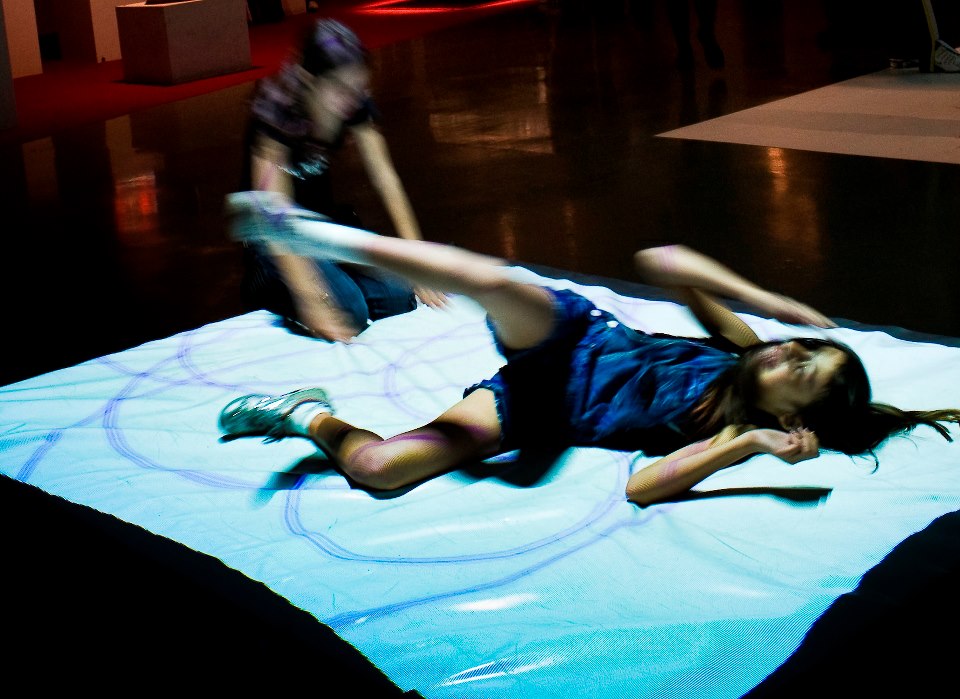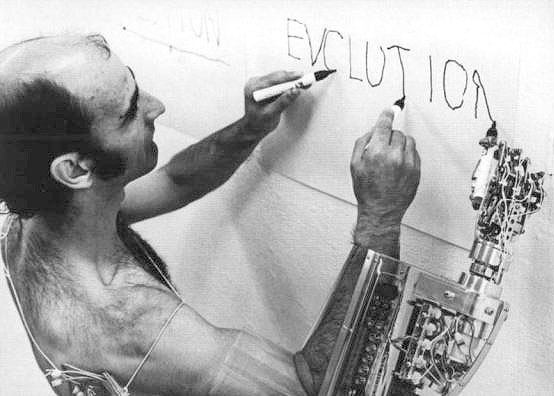
D.A.ST. ARTEAM: DANAE STRATOU AND ALEXANDRA STRATOU
Desert Breath
I imagine two parallel realities in the way that we view the world. There is the world inside and the world outside of us. It is through the senses that we are able to connect the inside to the outside world. My whole life, including the choice to become an artist, has been an attempt to re-search, to understand, and to connect these two parallel realities. To bridge what is within to what is without…
Naturally my works are triggered or have a point of departure either in the external or in the internal world. Initially, an idea is generated in the form of an internal image, which in turn needs to be answered intellectually and put into context. This process seems to me to have its point of departure in the world of the subconscious, which then surfaces into the conscious realm. Following from there, the initial idea decodes itself as it evolves into realisation and ends up ‘translating itself’ in to an artwork. It is a bit like a journey, which slowly reveals itself as I journey towards it.







